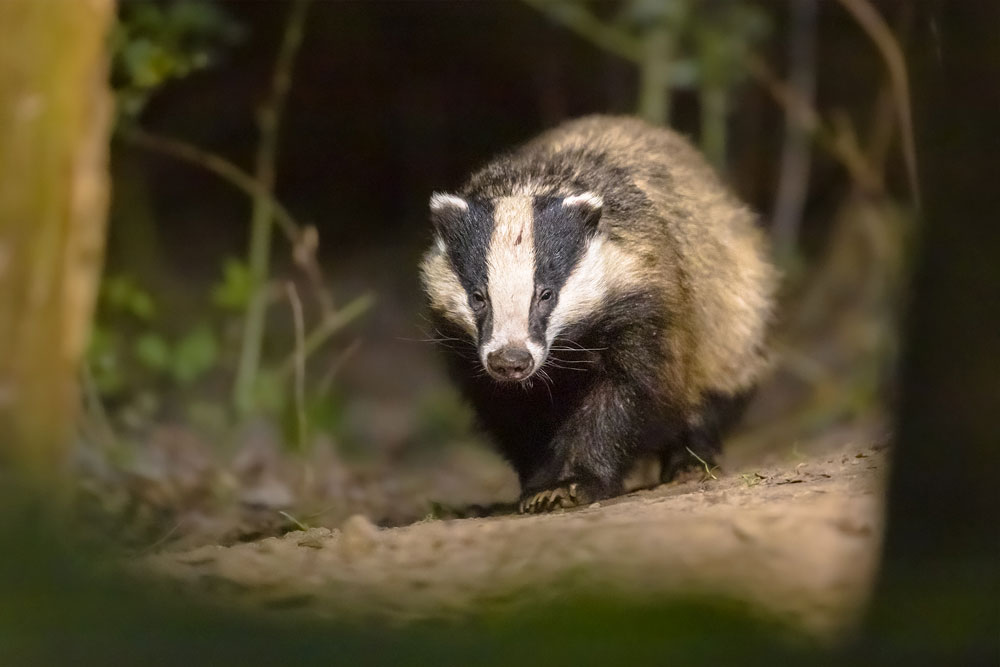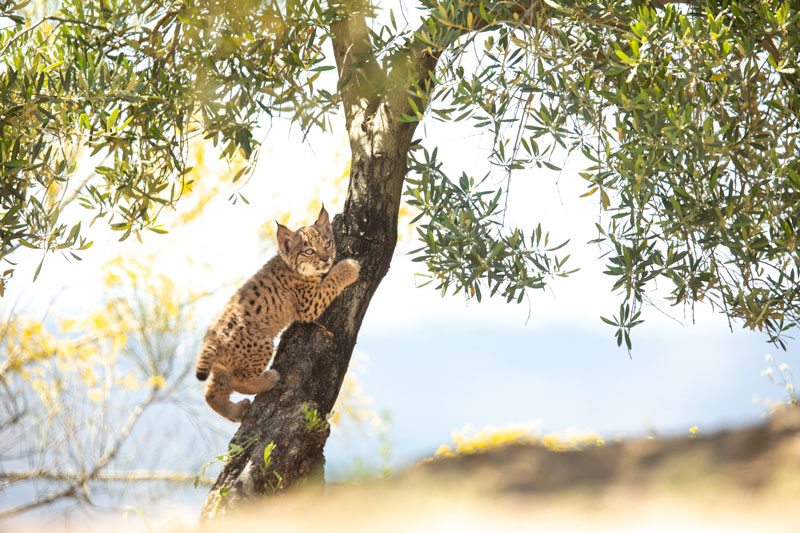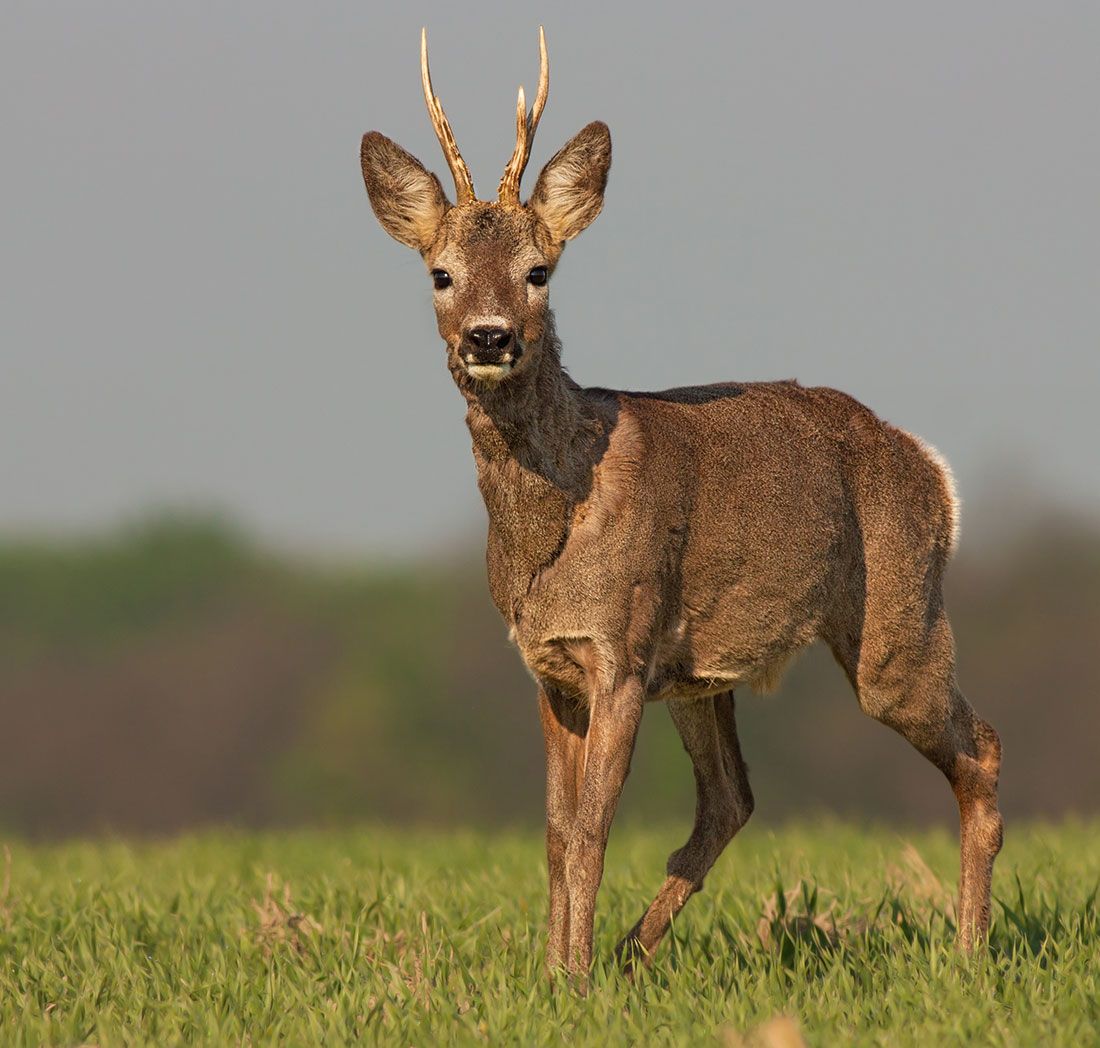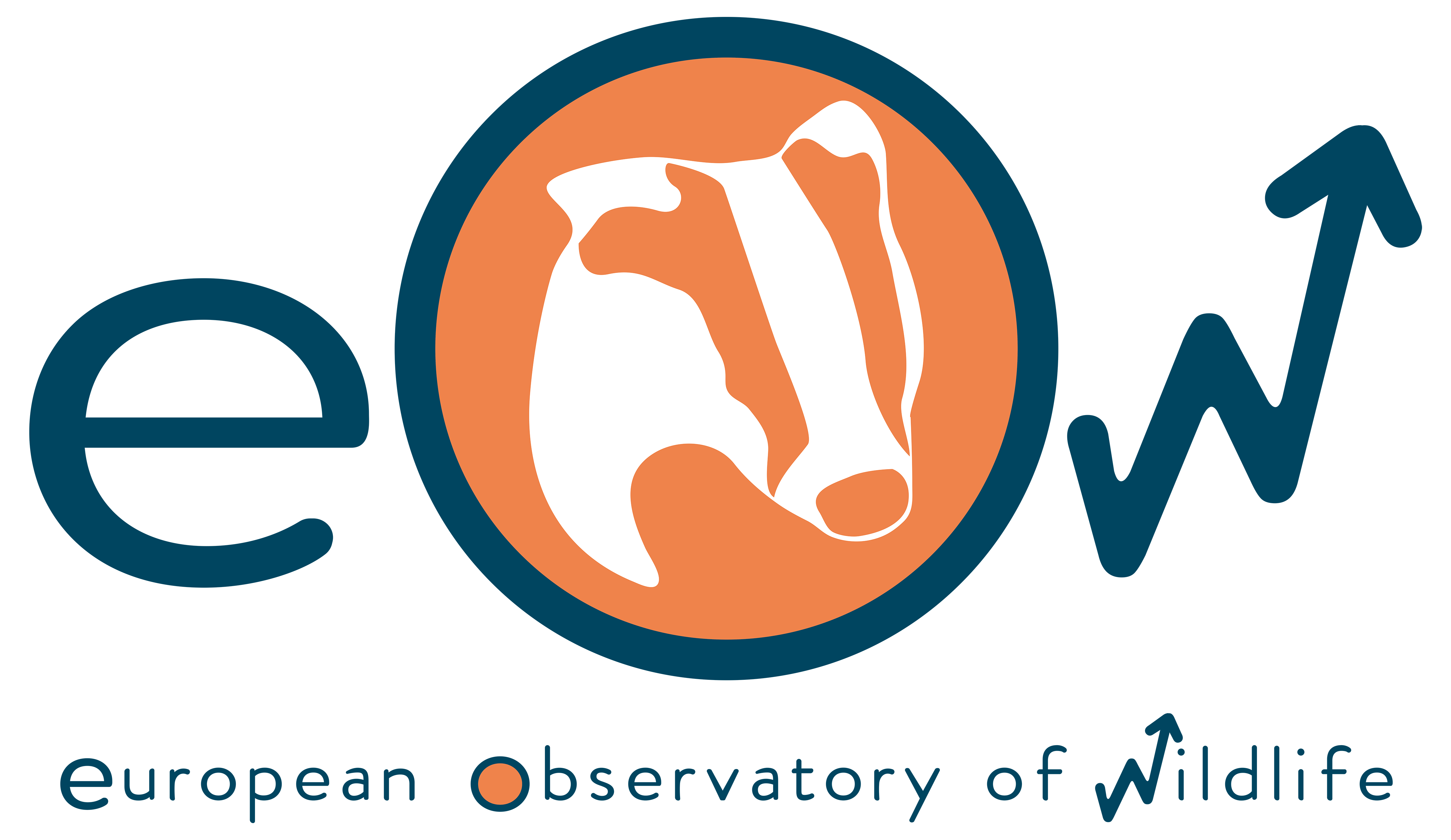Become a member of The Observatory
The EOW is a collaborative initiative opened to professionals, researchers, administrations (from local to European), NGOs, etc. (referred to as collaborators), willing to contribute by providing at least one observation point for wildlife (terrestrial mammal) monitoring.


How to become a collaborator
- First, register in the project. This will allow you to be informed of the activities of the EOW.
- For further involvement, fill the application form you will receive after registration to provide one or more observation points to the EOW (links to sheets)
- We will contact you soon for further details.
The CONDITIONS of this collaboration are detailed in an "Agreement” document. To summarize:
The EOW provides to collaborators:
- Resources in form of camera traps in case of need by the collaborator and availability by the project.
- Online training.
- Protocols to estimate wildlife density based on camera trapping without need of capture/recapture. Other density estimation methods can be validated according to ENETWILD guidances.
- Continuous assessment on study design, implementation in the field, data processing and analysis.
- Update on new developments of methods so as new tools for data processing and analysis. We expect information technology tools, including artificial intelligence for image processing, and a friendly to use online module for data analysis, to be available by 2022.
- Participation in networking activities, such as conferences and webinars.
- Access and participation in reports and publications.


The COLLABORATORS contribute to the EOW:
- Providing details of the study area (link to sheet, see “collaborator space” section).
- Implementing the field protocol in the study area.
- Processing and analyzing data following the indications of the project.
- Reporting to their activities (link to sheet, see “collaborator space” section).
We all benefit from a collaborative approach
- The benefits of collaborators are also those of the whole community and stakeholders that monitor, conserve, and manage wildlife in Europe, and of course, European society.
- The work and contribution of collaborators will be done in a framework where data will be comparable, interoperable, and openly accessed at European level.
- Continuous networking will allow continuous on live exchange of experiences and optimization of efforts; contribute and benefit!
- Possibility of access to resources to implement a field study in the incorporated observation points/s and data analysis, if collaborators are short of them.
- Continuous training, support, and assessment at any stage of the process of wildlife monitoring (density estimation): study design, implementation in the field, data processing and analysis.
- Access to updated protocols to estimate wildlife density. The project continuously updates protocols (making them more practical) as new developments of methods come, so as will provide new tools for data processing and analysis. We expect information technology tools, including artificial intelligence for image processing, and a friendly to use online module for data analysis, to be available by 2022.
- Access to population dynamics parameters of wildlife over their distribution range in Europe, collected by the project, of utility to model population dynamics of species, or for instance, disease dynamics. We start with the wild boar (link).
- Collaborators will be in the forefront of wildlife monitoring at international level: participate in networking activities, such as conferences and webinars; and be part of reports and publications.

Newsletter

